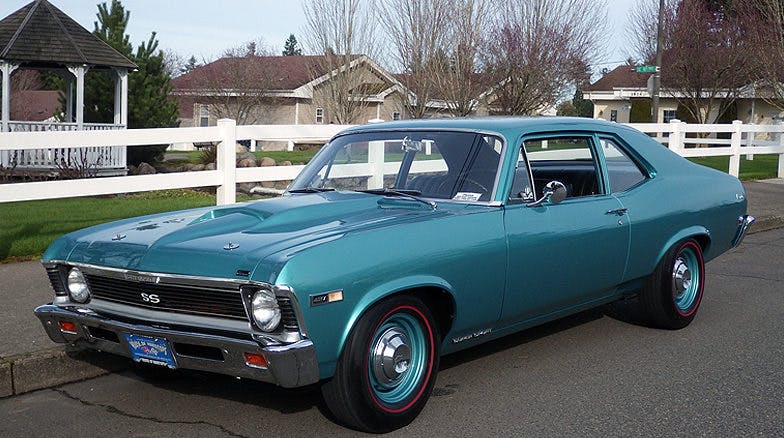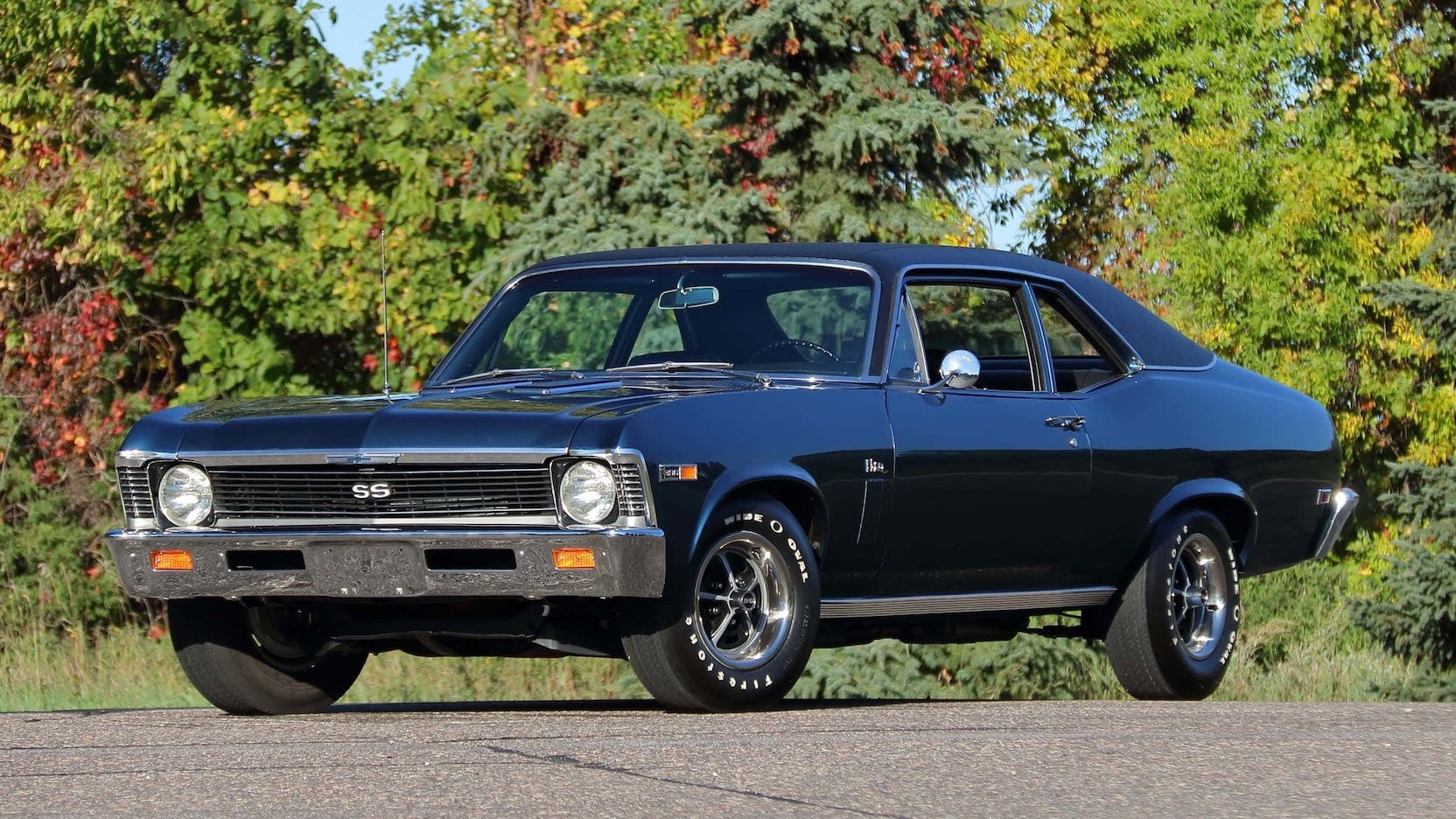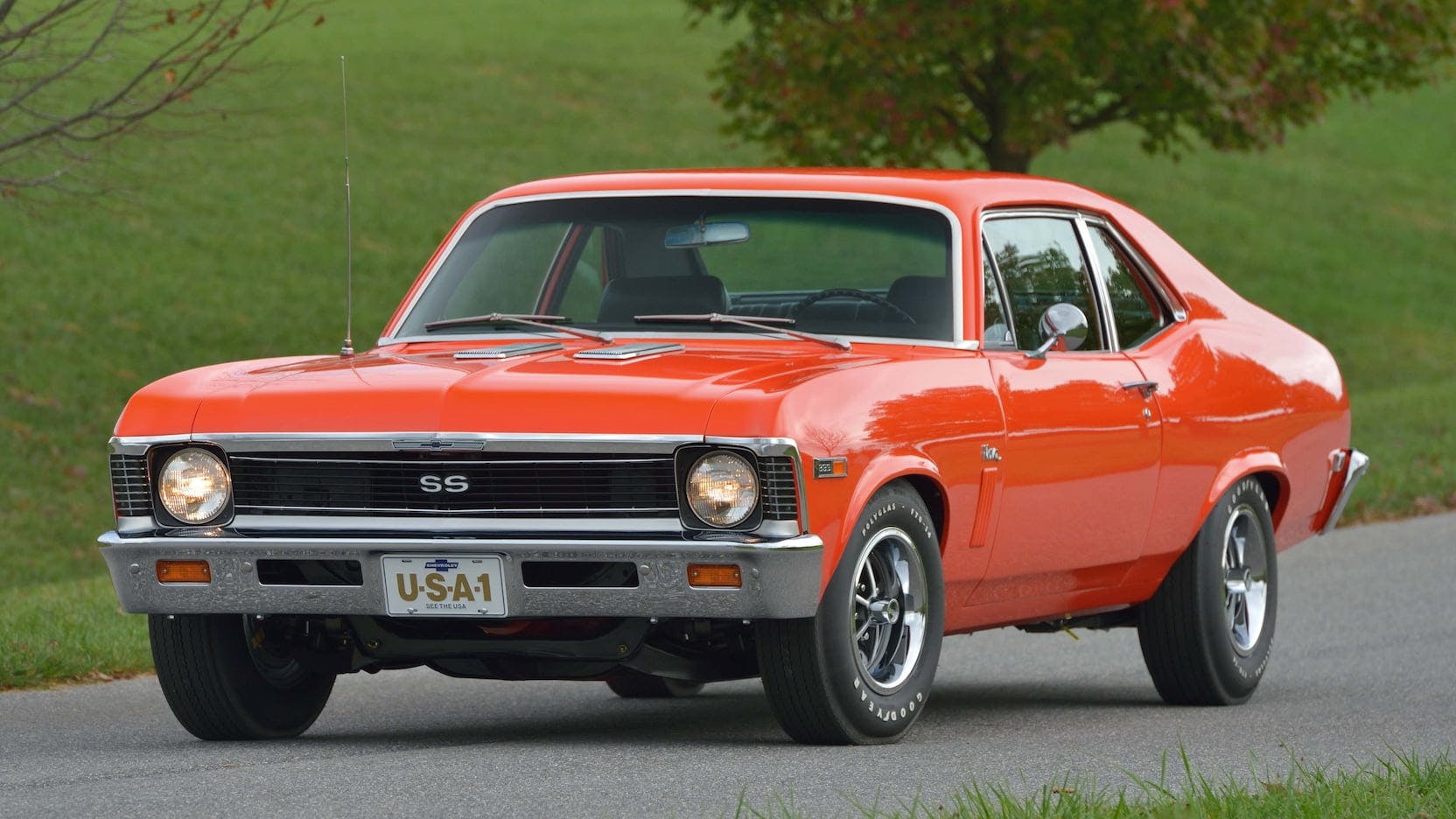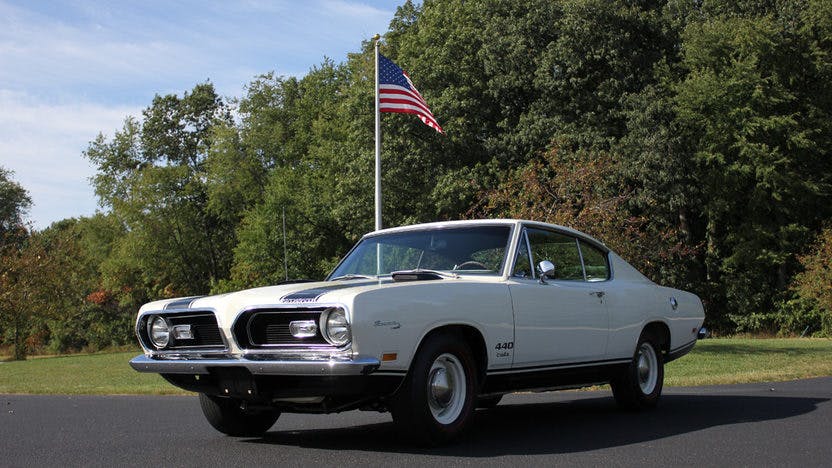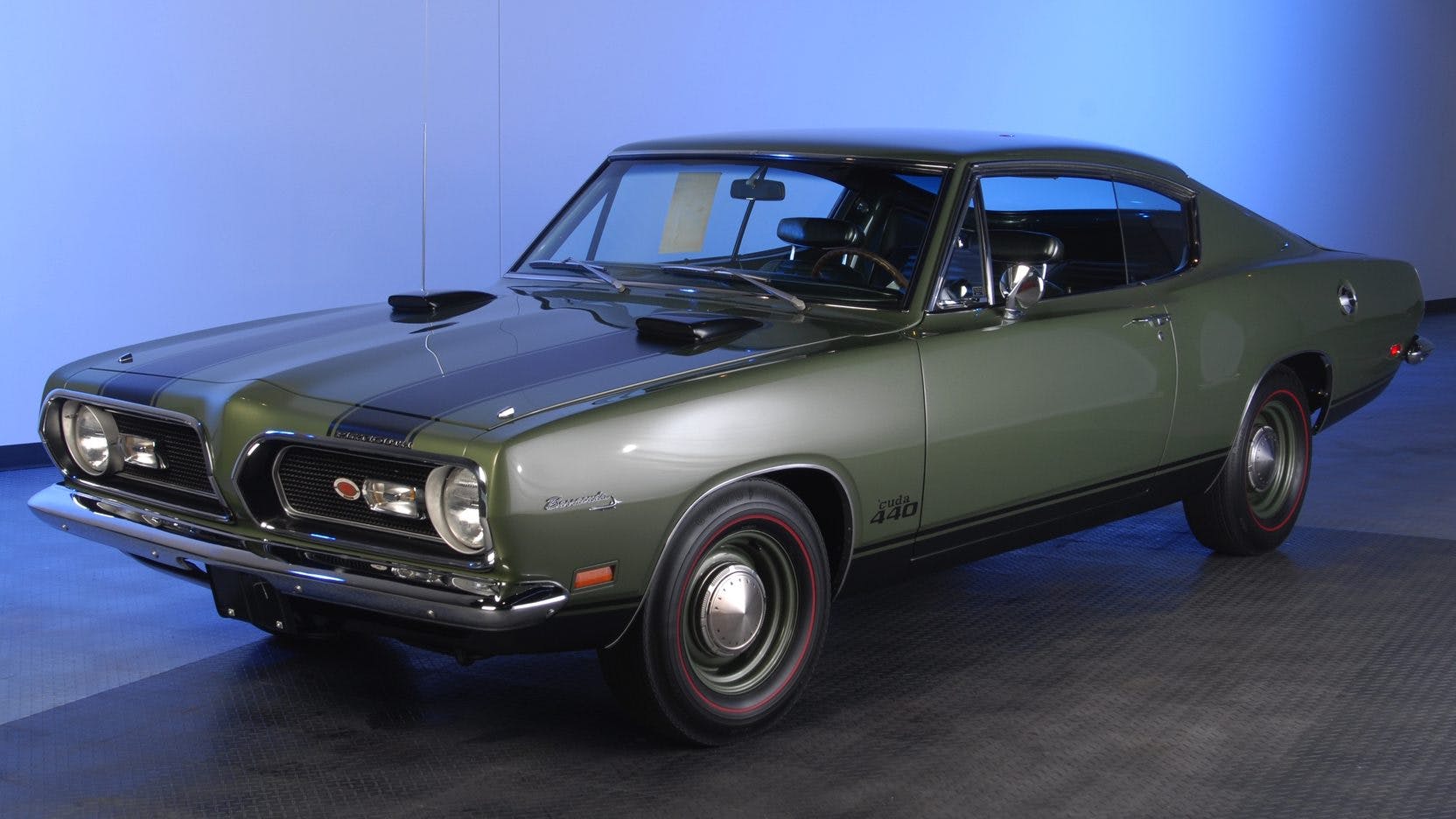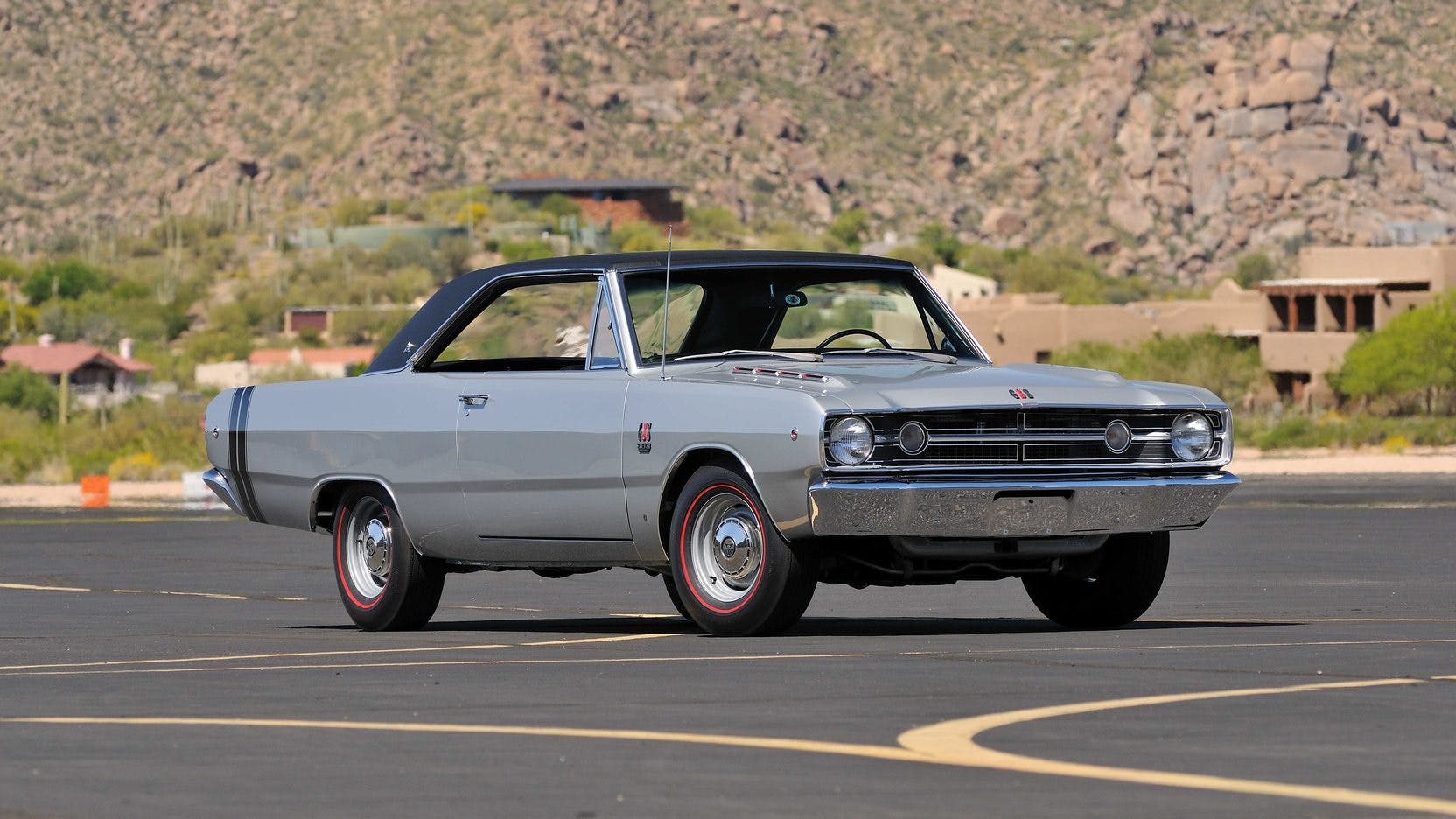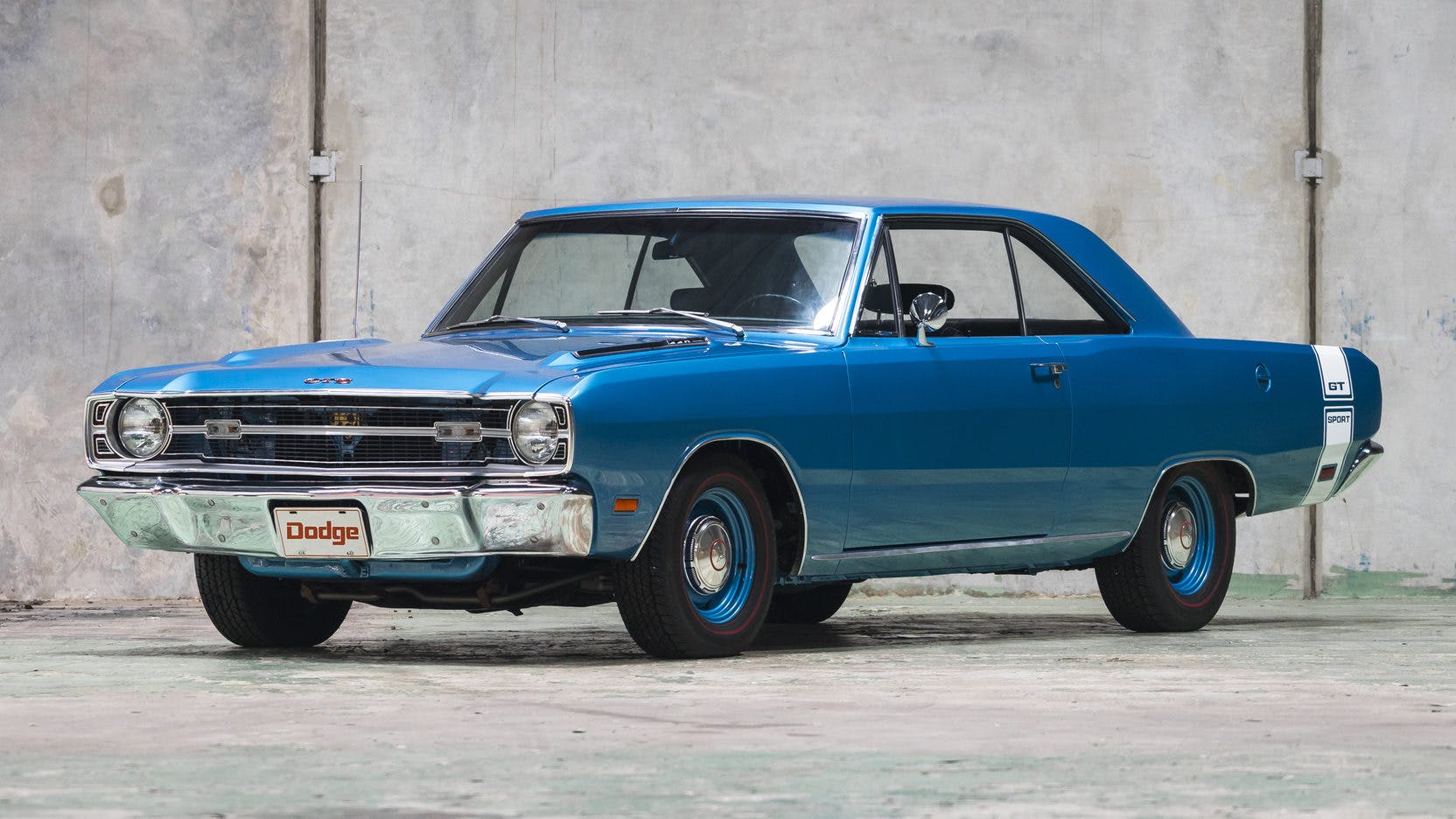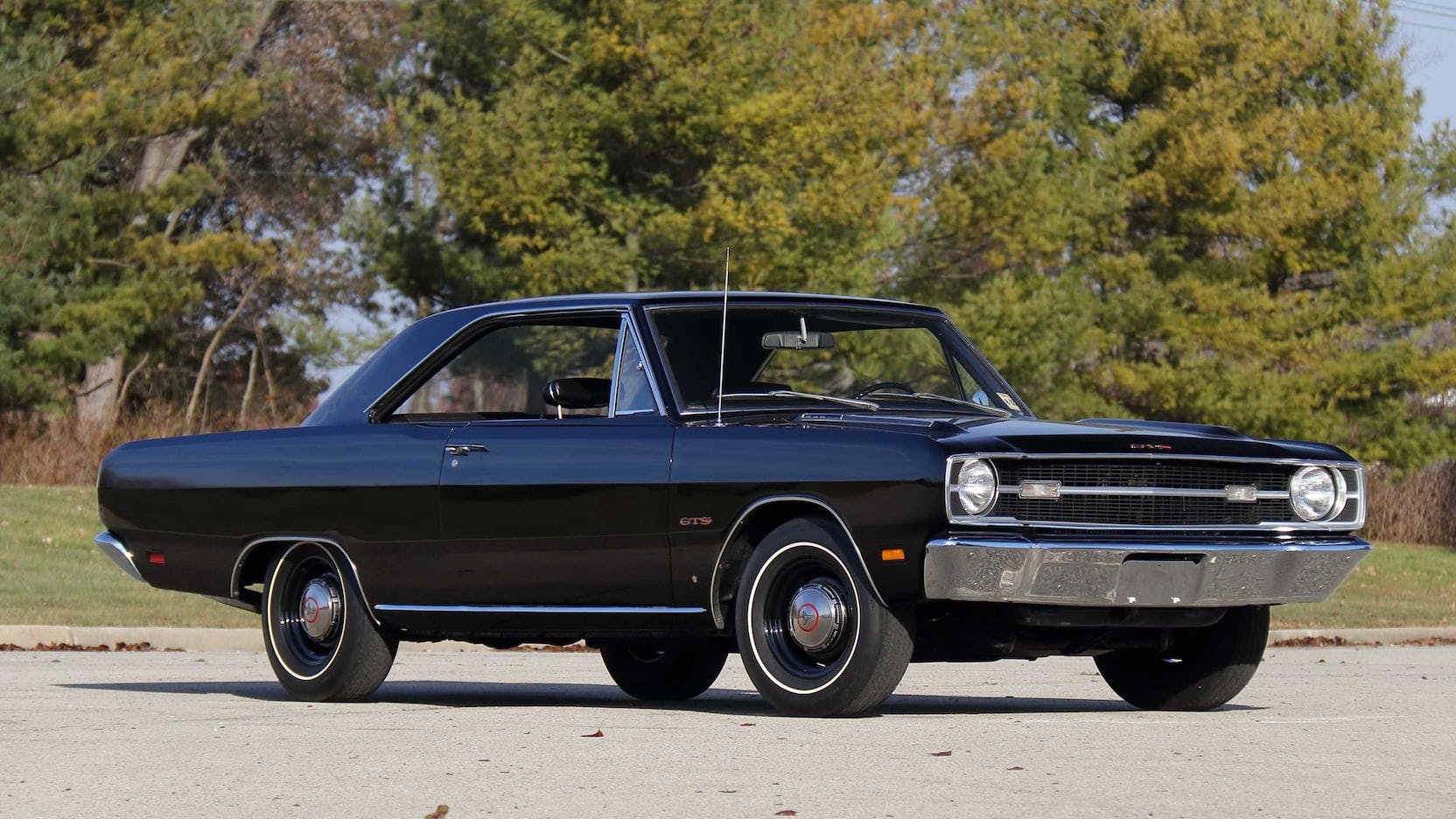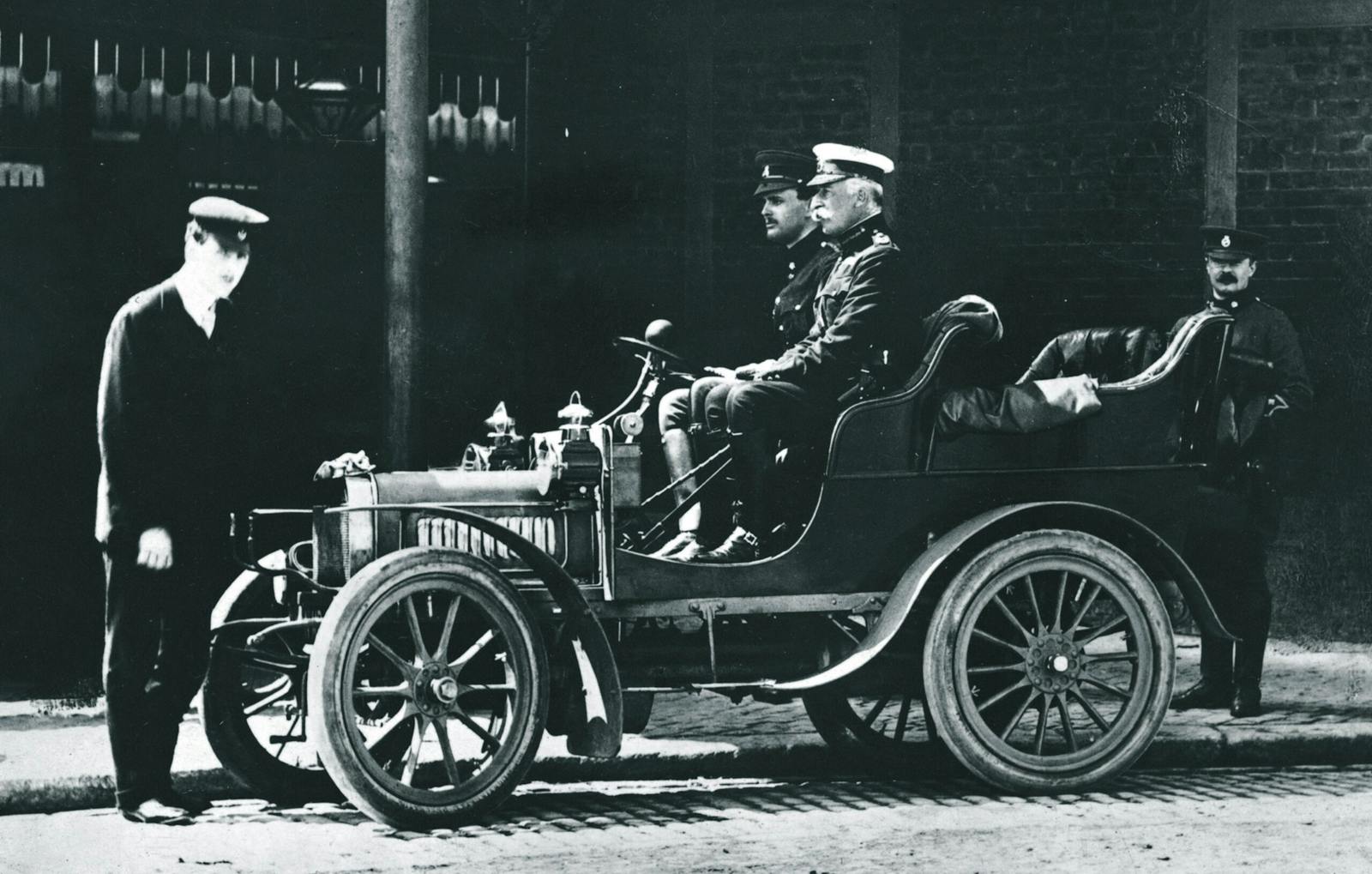Why Chrysler and GM’s hi-po ’69 compacts are similar on paper only
“There is more than one way to skin a cat.” You’ve probably heard this folksy proverb before, and it holds weight in the automotive world. During the high-performance sweepstakes of the 1960s, manufacturers developed their own approaches to go from Point A to Point B—often 1320 feet at a time.
With 375 horsepower, the 1969 Chevrolet Nova SS and the Plymouth ’Cuda 440/Dodge Dart GTS equipped with the 440 Magnum may not have garnered as much attention as their more popular brethren, but they offered performance above and beyond the usual fare. These two performance cars may seem similar on paper, but make no mistake: In execution, Chevy and Mopar’s compacts couldn’t be more different.
In 1968, Chevrolet introduced a redesigned Chevy II on a 111-inch wheelbase—an inch shorter than the Chevelle coupe’s—that featured a separate front subframe assembly shared with the Camaro, which allowed a big-block to fit nicely. Unlike in previous years, the Nova SS now only featured performance engines, with the Camaro’s 350/295 standard. Optional were two big-blocks: the L34 396/350 and the L78 396/375. The latter was only available with a manual transmission, though a run of 50 with a special version of the TH400 automatic was commissioned by Fred Gibb Chevrolet via Central Office Production Order (aka COPO). For 1969, the standard 350 mill was upped to 300 horses and the TH400 became an official L78 option.
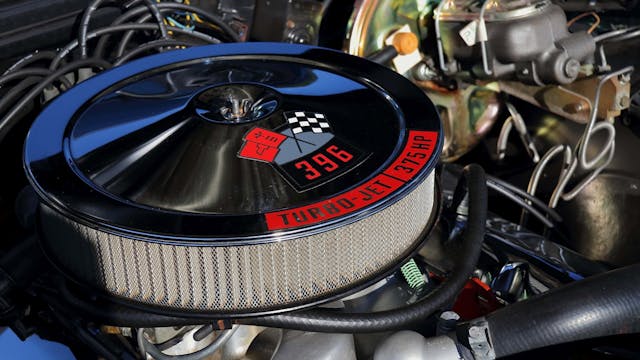
The L78 was Chevrolet’s flag-bearer on the street for much of the 1960s. When introduced for the Corvette and full-size cars mid-year 1965, the 11.0:1-compression Turbo-Jet was rated at 425 horses at 6400 rpm and 415 lb-ft at 4000. With a solid-lifter cam, it was a high-winding big-block in a sea of low-end torquesters. When the L78 was introduced for the Chevelle SS 396 in 1966, it was rated at 375 horses at 5600 rpm. As General Motors famously had a cubic-inch limit for certain models, the L78 did the trick for Chevrolet (if not GM) until the edict was rescinded in 1970.
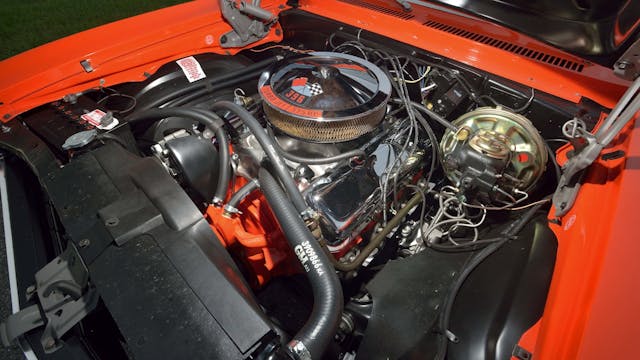
The L78 served its purpose even better in the Nova SS. Available through 1970, the L78 Nova SS was not a car that you messed with—even in a world of Cobra Jets and 440 Mopars, Chevrolet’s disadvantage didn’t seem all that conspicuous. And the Nova SS was the model in which the L78 was the most at home.
Compared to the beefy Nova, the Barracuda and Dart’s origins lie entirely in the compact class. As such, while a 383 big-block was available in 1967 for the redesigned A-bodies, it was a very, very snug fit, which resulted in compromised breathing (thanks to restrictive exhaust manifolds) and 280 horses (compared to 325 for a comparable midsize B-body 383). New heads added 20 horsepower in 1968, and another 30 arrived in 1969 thanks to a new camshaft.

But only a fool would think Chrysler was resting on its laurels, as the 440 eventually became a legitimate option in March 1969. The genesis for the 440 A-body can be found at Grand-Spaulding Dodge in Chicago, as “Mr. Norm” Kraus was instrumental in getting Dodge, in conjunction with Hurst, to produce around 50 Dart GTSs (renamed GSS for Grand Spaulding Sport) with the 440 Magnum in 1968.
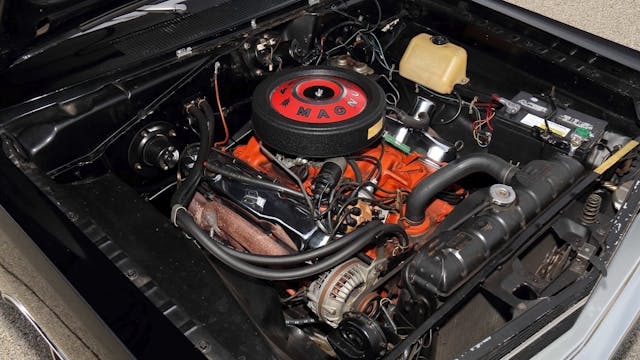
For 1969, Chrysler installed the engine at the factory without Hurst’s involvement, and it is interesting to note how Plymouth and Dodge approached the project: The new, Road Runner-inspired ’Cuda package (versus the fancier Formula S package) was mandatory, and was available as a fastback or coupe; the high-spec Dart GTS hardtop (versus the cheaper Dart Swinger) was the only configuration from Dodge. All were built with console-shifted automatic transmissions, 8¾-inch axles with 3.55:1 or 3.91:1 Sure-Grip, 10-inch manual drum brakes, and limited 12-month/12,000-mile warranties. Power steering was not available. Add headers and you’d have to modify the fender wells.
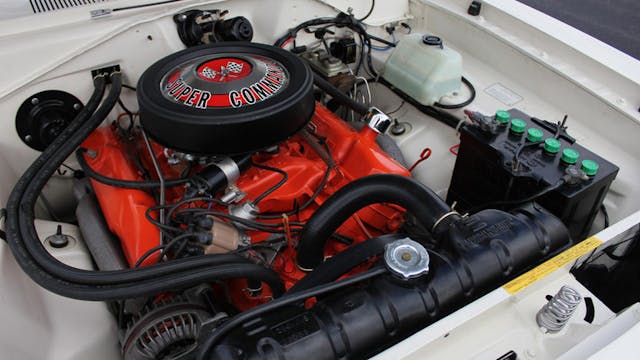
The 440 was mostly the same unit that was standard for the Plymouth GTX and Dodge Coronet and Charger R/Ts. Available since 1967, the 440 four-barrel was rated at 375 horsepower at 4600 rpm and a prodigious 480 lb-ft at 3200. For the midsize stormers, the 440 was as good as any for no-fuss performance. In the A-body, however, the lack of power steering and disc brakes meant these interesting half-year specials were targeted at enthusiasts who had asbestos fingertips and only cared about going in a straight line.
So there you have it: 375 horses of highly tuned solid-lifter BBC goodness, or too much car with too much torque. All things being equal, the ’Cuda 440 and Dart GTS with the 440 Magnum lacked the basics off the showroom floor to be true monsters, though roasting their thin tires still resulted in a 14.01-second quarter-mile run at 103.81 mph, according to Car Life. Slap on some Hookers and 15-inch Goodyears and Car Craft claimed you’d have a “Street/Strip stormer with performance second to none” capable of a 12.70 at 112 mph.

